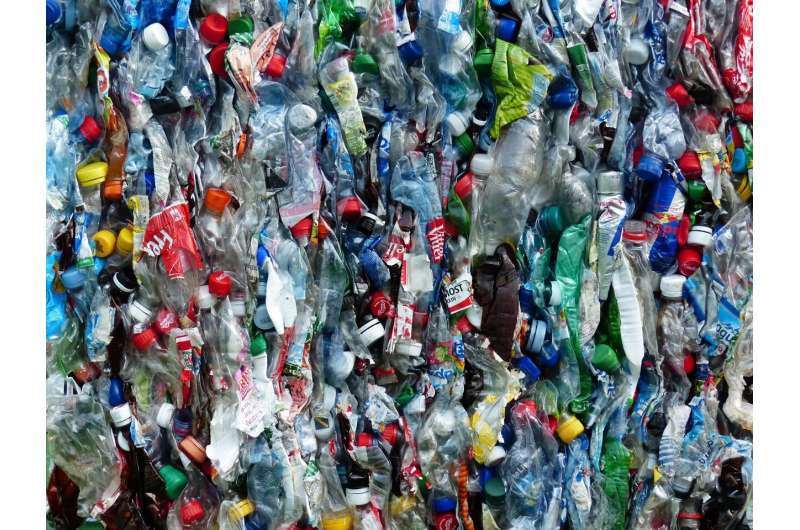
A research group headed by senior
researcher Jianwei Li at the MediCity Research Laboratory has explored a new
type of materials called supramolecular plastics that would substitute the
conventional polymeric plastics with an eco-friendlier material promoting
sustainable development. The mechanical properties of the supramolecular
plastic created by the researchers using liquid-liquid phase separation were
comparable to conventional polymers, but the new plastic decomposes much more
easily and would be easier to reuse.
Plastic is one of the most important modern materials and has been integrated into all aspects of human life after a century of development. However, traditional polymer plastics degrade and regenerate poorly in nature and have become one of the greatest threats to human survival. This situation is a result of the inherent strong force of covalent bonds that link monomers for the formation of polymers.
To address the challenge, scientists have suggested making polymers connected by non-covalent bonds that are not as powerful as covalent bonds. Unfortunately, the weaker interaction is usually not strong enough to hold molecules together in materials with macroscopic sizes, which prevents the practical application of noncovalent materials.
The Jianwei Li research group at the University of Turku, Finland, has discovered that a physical concept called liquid-liquid phase separation (LLPS) could sequester and concentrate solutes, strengthening the bonding force between molecules and driving the formation of macroscopic materials. The mechanical property of the resulting material was comparable with conventional polymers. Moreover, once the material was broken into pieces, the fragments could be reunited and self-healed instantly. In addition, the material was an adhesive when saturated amounts of water were encapsulated. For example, the joint specimens made of steel could hold a 16 kg weight for over a month.
Finally, thanks to the dynamic and reversible nature of the non-covalent interactions, the material was degradable and highly recyclable.
"Comparable with conventional plastics, our new supramolecular plastics are smarter as they not only retain the strong mechanical property but also reserve dynamic and reversible properties that made the material self-healable and reusable," explains Postdoctoral Researcher Dr. Jingjing Yu.
"One of the small molecules that produced the supramolecular plastic was previously screened out from a complex chemical system. It formed smart hydrogel materials with magnesium metal cations. This time, we are very excited to teach this old molecule new tricks with LLPS," says the Principal Investigator of the laboratory, Dr. Jianwei Li.
"Emerging evidence has shown that LLPS could be a significant process during the formation of cell compartments. Now, we advanced this bio- and physical-inspired phenomenon to tackle the grand challenge for our environment. I believe that more interesting materials will be explored with the LLPS process in the near future," Li says.
The study was published in Angewandte Chemie.

 Previous page
Previous page Back to top
Back to top







